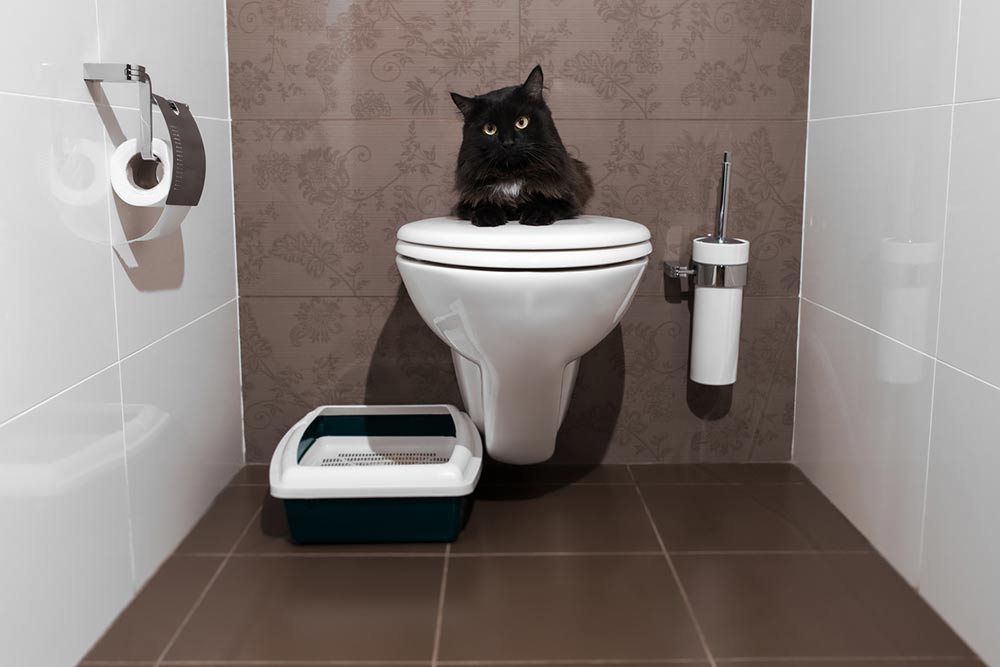
health
4 common mistakes made when measuring blood pressure
Blood pressure measures the force or pressure of the blood in the arteries. These readings are given in systolic and diastolic numbers. The systolic pressure (top number) is the maximum heartbeat pressure, and the diastolic pressure (bottom number) is the amount of pressure in the arteries between beats. A typical healthy average reading is less than 120/80 mm Hg. When measuring blood pressure, one must be careful and avoid making common mistakes, such as: Using the wrong-sized cuff One of the most frequently occurring mistakes is using the wrong cuff size. A large cuff will give falsely low readings, while a smaller cuff will give falsely high readings. According to the American Heart Association’s blood pressure measuring guidelines, the length and width of the cuff should be 80 and 40 percent of the arm circumference, respectively. Generally, doctors carry three cuff sizes – large adult, regular adult, and pediatric – that fit a majority of the population. However, doctors working with younger patients may require multiple smaller-sized cuffs. Incorrect patient positioning Getting accurate blood pressure measurement also requires the patient to be seated properly. For instance, a poorly supported back or feet may increase a reading by six to ten points, an unsupported arm may raise it by ten points or more, and sitting with one’s legs crossed may raise it by two to eight points.













